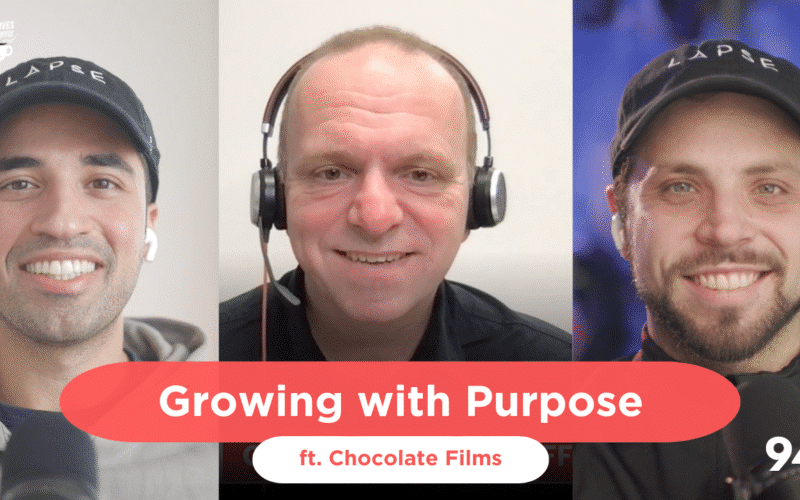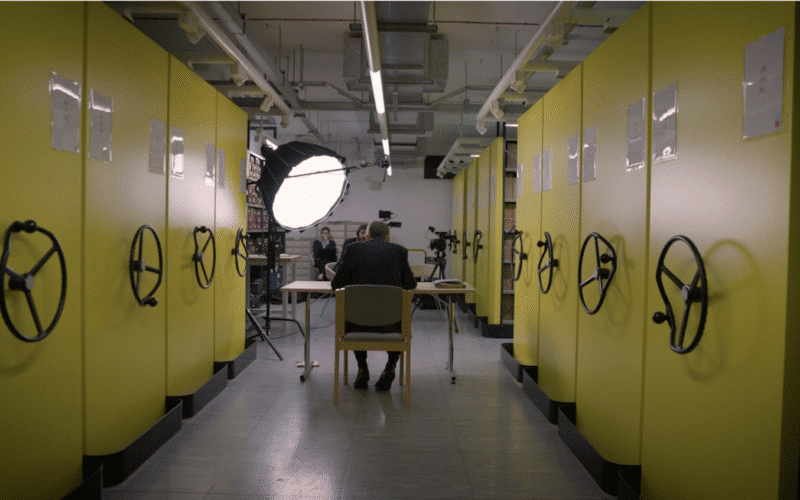Interactive Live Streaming: What You Need to Know
In recent years, interactive streaming has surged in popularity, with platforms like Twitch, YouTube Live, and Facebook Gaming leading the way. It excels in gaming, allowing real-time interaction, but has also found success in virtual events, education, and e-commerce, enhancing engagement and fostering community across various sectors.
What is interactive live streaming?
Interactive live streaming is a dynamic form of online content delivery, allowing real-time engagement between content creators and their audience. It combines the appeal of live video with interactive features like chat, polls, and Q&A, fostering a sense of community and fostering user participation. Benefits include instant feedback, audience interaction, and increased viewer retention. It’s a fantastic way to organise a live stream, that relies on a great team with experience and knowledge, the correct kit and making sure you have powerful laptops for live streaming.
What is the main difference between interactive live streaming and “regular” live streaming?
We have experience hosting both interactive live streaming and regular live streaming. Interactive live streaming and regular live streaming are distinct approaches to sharing real-time content with an audience, each with unique characteristics and technology requirements.
Regular live streaming involves a one-way flow of content from the streamer to the viewers. It’s typically used for broadcasting events, lectures, or performances. The technology requirements are relatively straightforward, with a focus on a stable internet connection and quality encoding equipment. Viewers can interact through text-based chats, but the level of engagement is limited.
On the other hand, interactive live streaming encourages two-way communication between the streamer and the audience in real time. Platforms like Twitch and interactive features on social media enable viewers to participate actively through comments, emojis, polls, and even influencing the content’s direction. This necessitates more advanced technology, such as powerful hardware for both streaming and interactivity, low-latency streaming solutions, and advanced moderation tools to manage a potentially large and interactive audience.
To approach these two methods differently, streamers must plan for the level of interactivity and invest in appropriate technology. Regular streaming may prioritize content quality, while interactive streaming requires engagement tools to foster audience participation. Successful content creators often blend elements of both to meet diverse audience needs.
How to promote the event
The best way to promote an event depends on what the event is about, where it is, and who the audience is. However, we have listed some things that are worth having in mind when promoting events:
- Plan Ahead: Start promoting your event in advance to build anticipation.
- Choose the Right Platform: Use popular streaming platforms like Twitch, YouTube, or Facebook Live, and create engaging event pages or posts.
- Create Eye-Catching Content: Design visually appealing posters and trailers to capture attention.
- Teasers and Announcements: Post teaser content and regular event updates to maintain interest.
- Collaborate and Network: Partner with influencers or like-minded creators to expand your reach.
- Schedule Wisely: Select a date and time when your target audience is most active.
- Use Social Media: Share event details on your social media channels and in relevant groups and forums.
- Email Marketing: Send newsletters to your subscriber list with event information.
- Engage Your Audience: Host Q&A sessions, giveaways, or polls to generate excitement.
- Set Realistic Attendance Goals: Aim for a number that aligns with your following, and consider 100-500 attendees as a good target for a smaller streamer, adjusting based on your reach and niche.
How to ‘break the ice’ and engage your audience
To break the ice and engage your audience during a live-streaming event, start with a warm and welcoming introduction. Greet viewers personally, thank them for joining, and encourage them to interact.
When asking questions and engaging with the audience, ask open-ended questions as a way to prompt responses and create a sense of community. Respond to comments and questions in real-time, mentioning viewers by name and even sharing your anecdotes to make it more personal and less daunting for them to actively engage in a forum with potentially hundreds of people.
You can also incorporate interactive elements like polls, contests, or giveaways to encourage participation. Overall, maintaining a conversational tone, showing enthusiasm, and being attentive to your viewers’ contributions will foster engagement and make your live-streaming event more enjoyable and memorable.
Following-up with attendees
After an event it is good to keep the audience interested and engaged with your brand. A way to do that is to stay connected with them by sending regular updates on upcoming streams through email, social media, or app notifications.
A highlights video is also a great way to catch people’s attention and keep them interested in your past event and upcoming events! You can share it with people who attended the event, but also use it to promote and attract new people to attend your next event. The video can include vox pops and behind-the-scenes glimpses.
We can help you interact with the right audience
Whether you want an interactive live-streaming or a regular live streaming, we can help you. At the kick off meeting, we will discuss your audience, goals, and needs.
We can also create social media clips and a highlights video for you to share with your audience and potentially grow your audience after the event. Book a consultation with one member from our team today and let us chat about how we get the most out of your live-stream.






